10 Things You Didn't Know About the Brain
Brain matter
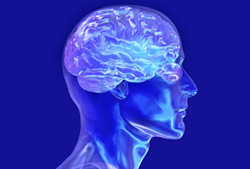
Throughout history, the human brain has been remarkably good at dismissing itself. Everyone from ancient Egyptians to Aristotle has downplayed the role of the mysterious stuff between our ears. Famed anatomist Galen gave the brain credit as commander of movement and speech, but even he brushed aside the white and gray matter, figuring the fluid-filled ventricles inside the brain did most of the work.
Human brains are big...
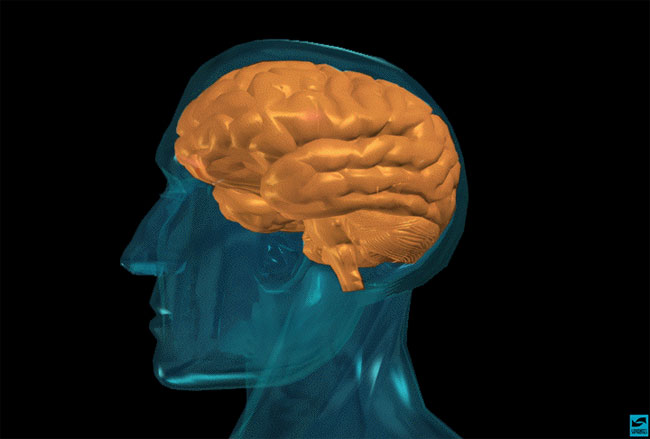
The average adult brain weighs just under 3 pounds (between 1.3 and 1.4 kilograms). Some neurosurgeons describe the texture of a living brain as that of toothpaste, but according to neurosurgeon Katrina Firlik, a better analogy can be found in the local health-food store.
"[The brain] doesn't spread like toothpaste. It doesn't adhere to your fingers the way toothpaste does," Firlik writes in her memoir, "Another Day in the Frontal Lobe: A Brain Surgeon Exposes Life on the Inside" (Random House, 2006). "Tofu — the soft variety, if you know tofu — may be a more accurate comparison."
If you aren't charmed by that description, consider this: About 80 percent of the contents of your cranium is brain, while equal amounts of blood and cerebrospinal fluid, the clear liquid that buffers neural tissue, make up the rest. If you were to blend up all of that brain, blood and fluid, it would come to about 1.7 liters, or not quite enough to fill a 2-liter soda bottle.
...But they're getting smaller
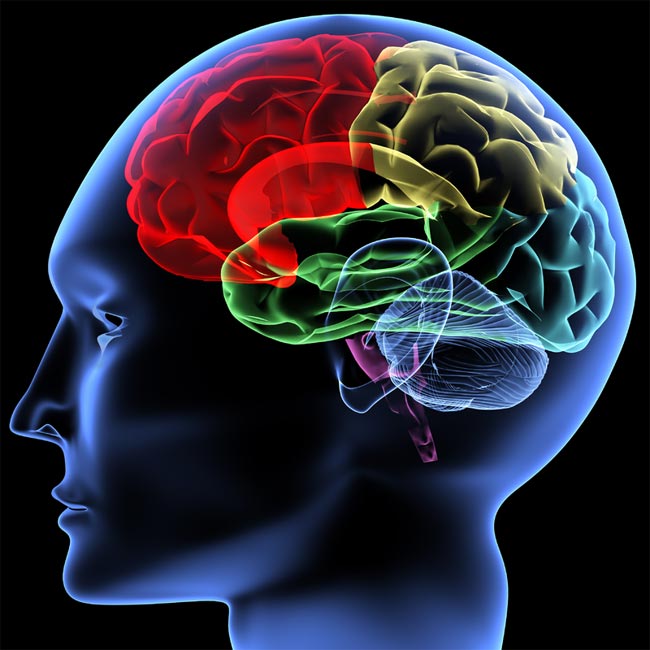
Don't get too cocky about your soda-bottle-sized brain. Humans 5,000 years ago had brains that were even larger.
"We do know from archaeological data that pretty much everywhere we can measure — Europe, China, South Africa, Australia — that brains have shrunk about 9 cubic inches (150 cubic centimeters), from an average of about 82 in3 (1,350 cm3). That's roughly 10 percent," University of Wisconsin at Madison paleoanthropologist John Hawks told LiveScience in 2009.
Researchers don't know why brains might be shrinking, but some theorize that they're evolving to be more efficient. Others think our skulls are getting smaller because our diets include more easily chewable foods and so large, strong jaws are no longer required.
Get the world’s most fascinating discoveries delivered straight to your inbox.
Whatever the reason, brain size doesn't directly correlate with intellect, so there's no evidence that ancient man was brainier than humans of today.
Our brains burn through energy

The modern brain is an energy hog. The organ accounts for about 2 percent of body weight, but it uses about 20 percent of the oxygen in our blood and 25 percent of the glucose (sugars) circulating in our bloodstream, according to the American College of Neuropsychopharmacology.
These energy requirements have spurred a debate among anthropologists about what fueled the evolution of big brains in the first place. Many researchers credit meat, citing evidence of hunting in our early ancestors. But meat would have been an unreliable food source, say other scientists. A 2007 study published in the Proceedings of the National Academy of Science found that modern-day chimps know how to dig for calorie-rich tubers on the savanna. Perhaps our ancestors did the same, boosting their brainpower with veggies.
As for what motivated the brain to balloon in size, there are three major hypotheses: climate change, the demands of ecology, and social competition.
Wrinkles make us smart

What's the secret to our species' smarts? The answer may be wrinkles. The surface of the human brain is convoluted by deep fissures, smaller grooves called sulci, and ridges called gyri. This surface is called the cerebral cortex and is home to about 100 billion neurons, or nerve cells.
The folded, meandering surface allows the brain to pack in more surface area — and thus, more processing power — into the limited confines of the skull. Our primate relatives show varying degrees of convolution in their brains, as do other intelligent creatures like elephants. In fact, research done by Emory University neuroscientist Lori Marino has found that dolphins have even more pronounced brain wrinkles than humans.
Most of our brain cells aren't neurons
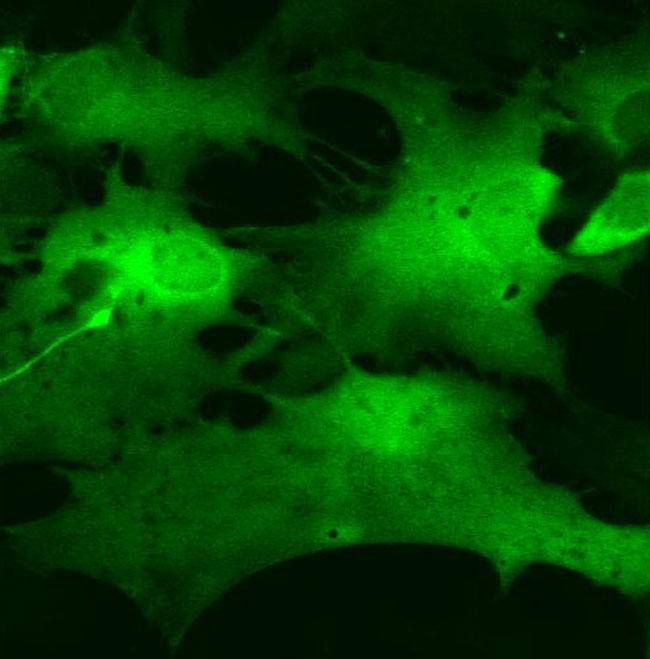
The old saw that we use just 10 percent of our brainpower isn't true, but we now know that neurons make up just 10 percent of our brain cells.
The other 90 percent, which account for about half the brain's weight, are called glia, which means "glue" in Greek. Neuroscientists used to think glia were simply the sticky stuff that holds neurons together. But recent research has shown glia to be much more. A 2005 paper in the journal Current Opinions in Neurobiology laid out the roles of these unsung cells, which range from mopping up excess neurotransmitters to providing immune protection to actually promoting and modulating synapse growth and function. (Synapses are the connections between neurons.) It turns out the silent majority isn't so silent after all.
The brain is an exclusive club

Like bouncers at a night club, an assembly of cells in the brain's blood system, called the blood-brain barrier, lets only a few molecules into the nervous system's inner sanctum – the brain. The capillaries that feed the brain are lined with tightly bound cells, which keep out large molecules. Special proteins in the barrier transport necessary nutrients and substances into the brain. Only an elite few make it through.
The blood-brain barrier protects the brain, but it can also keep out lifesaving medications. Physicians trying to treat brain tumors can use drugs to open the junctions between cells, but that leaves the brain temporarily vulnerable to infection. One new way to sneak meds past the barrier might be nanotechnology. A 2009 study published in the journal Cancer Research showed that specially-engineered nanoparticles can cross the barrier and attach to tumor tissue. In the future, combining nanoparticles with chemotherapy drugs could be one way to target tumors.
The brain starts as a tube
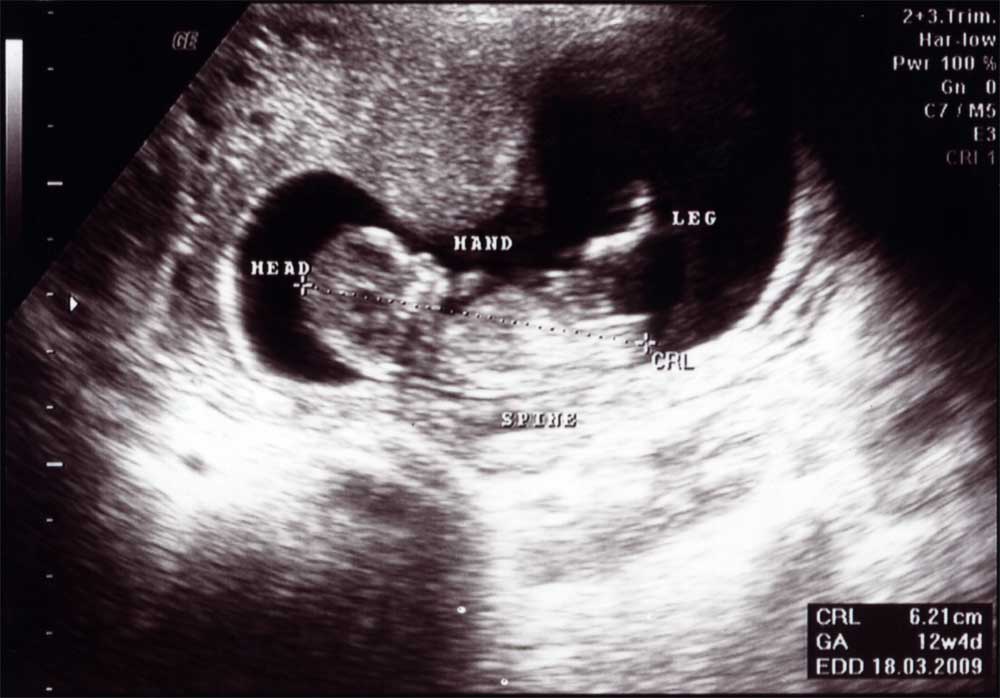
The foundation for the brain is set early. Three weeks after conception, a sheet of embryonic cells called the neural plate folds and fuses into the neural tube. This tissue will become the central nervous system.
The neural tube grows and differentiates throughout the first trimester. (When cells differentiate they specialize into various tissues needed to create body parts.) It isn't until the second trimester that glia and neurons begin to form. The brain doesn't wrinkle up until even later. At 24 weeks, magnetic resonance imaging shows just a few nascent grooves in the otherwise smooth surface of the fetal brain, according to a 2000 study in the journal Radiology. As the third trimester begins in week 26, the grooves deepen and the brain begins to look more like that of a newborn.
Teen brains aren't fully formed
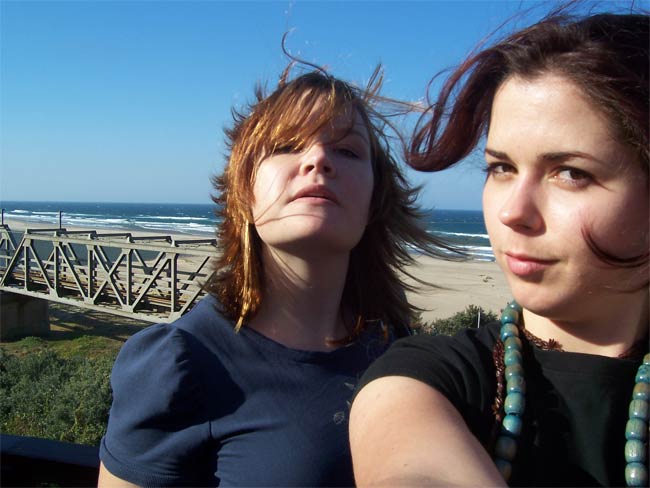
Parents of stubborn teenagers rejoice, or at least relax: That adolescent attitude stems, in part, from the vagaries of brain development.
The gray matter of the brain peaks just before puberty and is pruned back down throughout adolescence, with some of the most dramatic development happening in the frontal lobes, the seat of judgment and decision-making.
A 2005 study published in the journal Child Development found that the parts of the brain responsible for multitasking don't fully mature until we're 16 or 17 years old. And research presented at the BA Festival of Science in 2006 revealed that teens also have a neural excuse for self-centeredness. When considering an action that would affect others, teens were less likely than adults to use the medial prefrontal cortex, an area associated with empathy and guilt. Teens learn empathy by practicing socializing, the researchers said. So much for grounding them until they're 20.
Brains never stop changing

Scientific wisdom once held that once you hit adulthood, your brain lost all ability to form new neural connections. This ability, called plasticity, was thought to be confined to infancy and childhood.
Wrong. A 2007 study on a stroke patient found that her brain had adapted to the damage to nerves carrying visual information by pulling similar information from other nerves. This followed several studies showing that adult mice could form new neurons. Later studies found more evidence of human neurons making new connections into adulthood; meanwhile, research on meditation showed that intense mental training can change both the structure and function of the brain.
Women aren't from Venus after all

Popular culture tells us that women and men's brains are just different. It's true that male and female hormones affect brain development differently, and imaging studies have found brain differences in the ways women and men feel pain, make social decisions and cope with stress. The extent to which these differences are genetic versus shaped by experience — the old nature-versus-nurture debate — is unknown.
But for the most part, male and female brains (and brainpower) are similar. A 2005 American Psychologist analysis of research on gender differences found that in 78 percent of gender differences reported in other studies, the effect of gender on the behavior was in the small or close-to-zero range. And recent studies have debunked myths about the genders' divergent abilities. A study published in the January 2010 Psychological Bulletin looked at almost half a million boys and girls from 69 countries and found no overall gap in math ability. Focusing on our differences may make for catchy book titles, but in neuroscience, nothing is ever that simple.

Stephanie Pappas is a contributing writer for Live Science, covering topics ranging from geoscience to archaeology to the human brain and behavior. She was previously a senior writer for Live Science but is now a freelancer based in Denver, Colorado, and regularly contributes to Scientific American and The Monitor, the monthly magazine of the American Psychological Association. Stephanie received a bachelor's degree in psychology from the University of South Carolina and a graduate certificate in science communication from the University of California, Santa Cruz.
